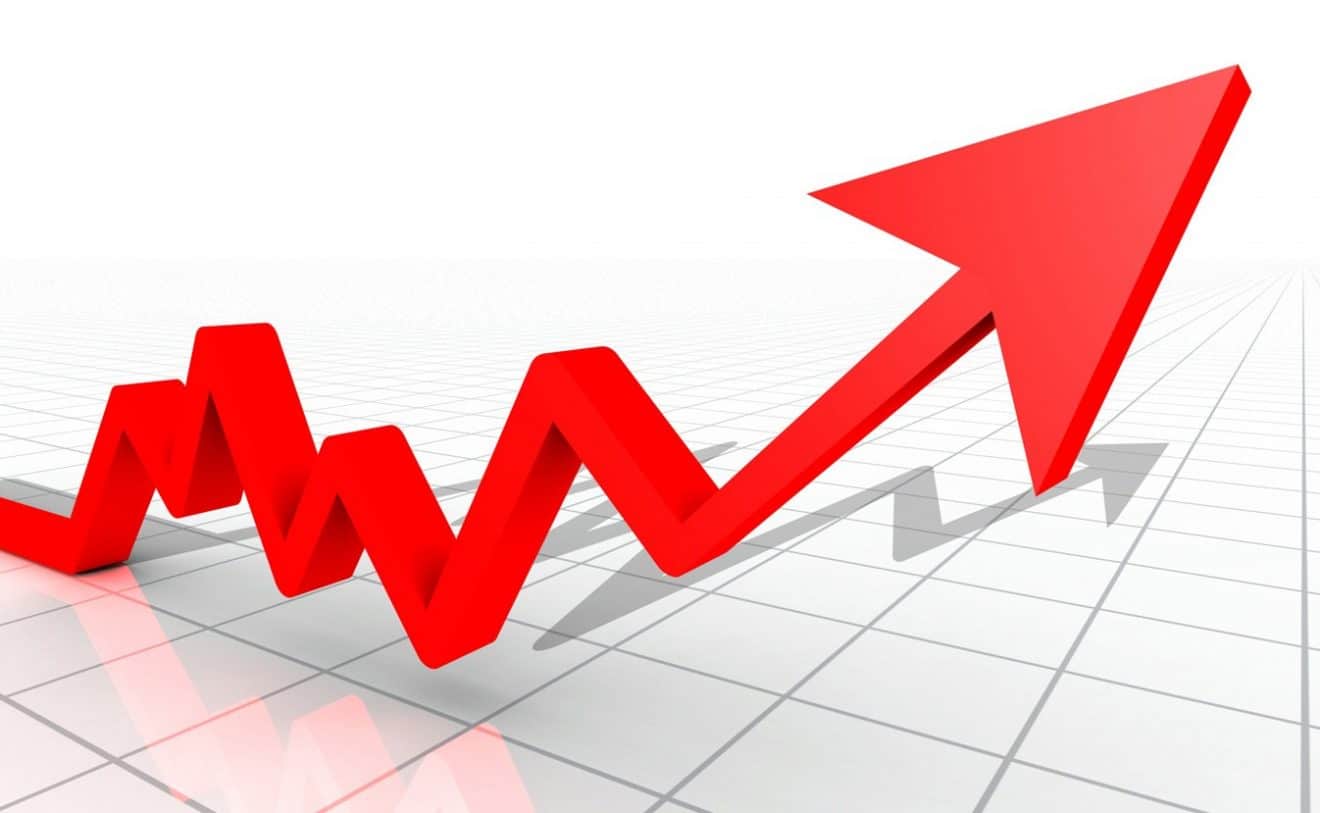Health and sanitation care market growth is expected to continue in 2023 at US$ 11,541.

Health and sanitation care market growth is expected to continue in 2023 at US$ 11,541. The results of the market study include the segmentation and geographical analysis of the market in North America, Europe, Asia, South America, and the Middle East and Africa. The hygiene care market is now active in these main areas, and growth there is soon to be expected. Active manufacturers and vendors in the hygiene care industry in various countries contain the aforementioned regions.
The study provides a comprehensive analysis of the market segments that were created by combining several elements, such as material, type, application, end-user, and location. The paragraphs that follow outline the major market challenges, growth opportunities, and motivating and constraining factors.
Important companies in the world market for hygiene care In addition to others, these companies include Grohe AG, Somany Ceramics Limited, RAK Ceramics, Duravit AG, Villeroy & Boch, Johnson Tiles, Geberit Group, Hansgrohe, Kohler, Ideal Standard International SA, and HSIL. Manufacturers are adopting market growth strategies, including existing developments, mergers and acquisitions, product innovations, collaborations and partnerships, and joint ventures, to increase their market share and solidify their positions in the global hygiene care market.
Sanitary equipment includes things like cisterns, pedestals, bathroom sinks, and wash basins. Porcelain was used to create the vast majority of these pieces. Porcelain is one type of ceramic. However, modern hygiene products are available in a wide range of materials, such as plastic, metal, glass, and others. They can support large weights, are highly resistant to chemical attacks, and look good when used to make hygienic products. Due to the real estate sector’s recent remarkable rise, residential construction has seen a significant increase in value.
The need for hygienic items rises along with the number of homes, which promotes the growth of the sanitary wares business. The rise in household expenditure is another significant aspect that is projected to propel the market for sanitary ware. Due to improvements in toilet seat shape, design, and specifications, the “toilet seat” type segment is anticipated to expand at the quickest pace throughout the projected period. A significant aspect driving the market’s worldwide expansion is the growing awareness of the advantages of enhanced sanitary ware products for cleanliness and health.
Ceramics, plastic, and other materials make up the material sector. The ceramics market is anticipated to develop at the fastest rate during the projected period. The demand for sanitaryware goods is increasing as customers embrace better hygiene habits.
Because of its brilliant look and other benefits like stain resistance, heat resistance, and ease of cleaning, ceramic is the material of choice for the majority of customers. Because they are easy to get, reasonably priced, and blend in with the surroundings, they are more suitable for use in both home and commercial contexts. They also bring elegance. These traits suggest that ceramic sanitaryware products will continue to dominate the market over the forecast period.
Residential and business users are included in the end-user sector. During the projected period, the residential category is anticipated to increase at the fastest rate. In general, metropolitan regions have a larger requirement for ceramic sanitary ware than rural places do. The increase in residential building activity in emerging nations like China and India is the main driver of this segment’s growth. The reach of the residential segment will soon be further extended by supplementary activities targeted at boosting cleanliness by nations like China and India.
The geographical analysis offers a thorough understanding of the key nations and areas. The United States, Canada, Mexico, Germany, France, the United Kingdom, Italy, Spain, Russia, China, Japan, India, Brazil, Peru, the United Arab Emirates, South Africa, and Saudi Arabia are some of the key nations evaluated for sanitary ware.
The geographical analysis provides a comprehensive grasp of the important countries and regions. Some of the major countries assessed for sanitary ware are the United States, Canada, Mexico, Germany, France, the United Kingdom, Italy, Spain, Russia, China, Japan, India, Brazil, Peru, the United Arab Emirates, South Africa, and Saudi Arabia.
A substantial portion came from the Asia Pacific region. Asia-Pacific saw its share of worldwide exports increase from 58% to 62.8% in 2019, mainly due to shipments from China, India, and Vietnam. Asia-Pacific is the world’s largest exporter of sanitary products. After being severely affected by COVID-19 in 2020, the market resumed growth in production and exports in 2021 as a result of changing conditions in the region. China maintained its top position with 1.75 million metric tons in 2019, up from 768,000 metric tons in 2009 and a 14% increase over 2018. It set a whole new record. 79% of all exports from Asia and 60.6% of all exports worldwide come from China alone.
The hygiene care market in Germany is projected to reach 387 million USD in 2029 at a CAGR of 4% from 2022 to 2029, from an estimated value of 144 million USD in 2021. It is anticipated that the market for sanitary ware in this region would expand considerably as a result of major investments being made in R&D projects to deliver enhanced product quality in countries like Germany. Leading corporations may think about setting up future R&D facilities in these countries, which might promote market growth in the area.
With a CAGR of 5.6% from 2022 to 2029, the hygiene care market in China is projected to grow from an estimated USD 2,520 million in 2021 to USD 4,890 million by 2029. The main development driver for this industry in the area is predicted to be the rise in demand for different sanitary ware accessories, such as washbasins and toilets.
The market for sanitary products in India was valued at USD 2,295 million in 2021 and is anticipated to grow to USD 4,500 million by 2029 at a CAGR of 5.1% between 2022 and 2029. With a 9% gain, India surpassed Mexico to be the third-largest exporter of sanitary products in 2018. 199,000 metric tons were involved. Throughout the projected period, it is anticipated that this trend will continue, helping to increase market revenue.
COVID-19 has a tremendous influence on almost every industry, including electronics, semiconductors, manufacturing, automobiles, etc. But a significant movement in customer preferences toward technical services has resulted in an increase in income for several technology-related businesses. In addition, the epidemic has led to enormous technological advancements in both underdeveloped and developed countries.
Edited by Prakriti Arora




